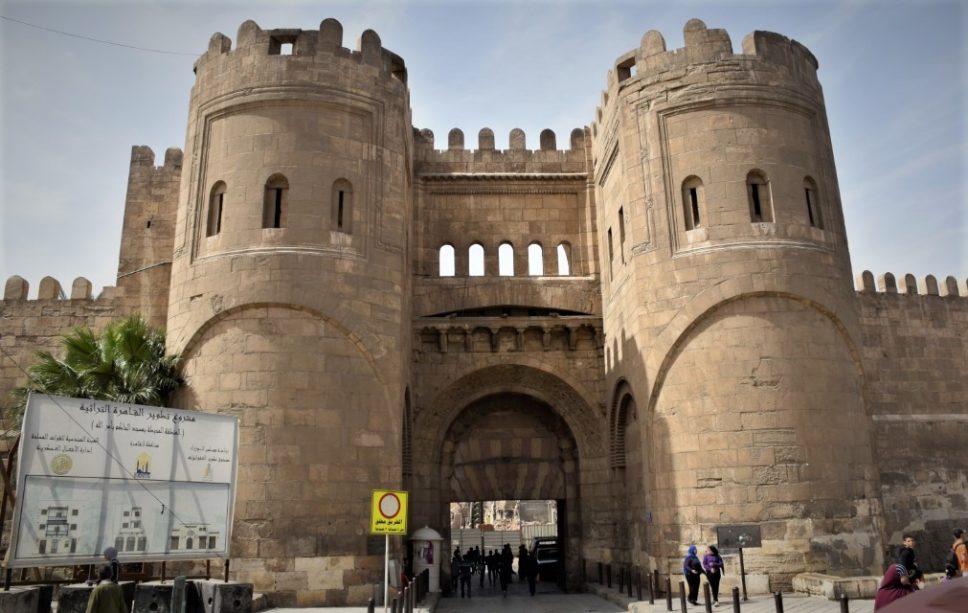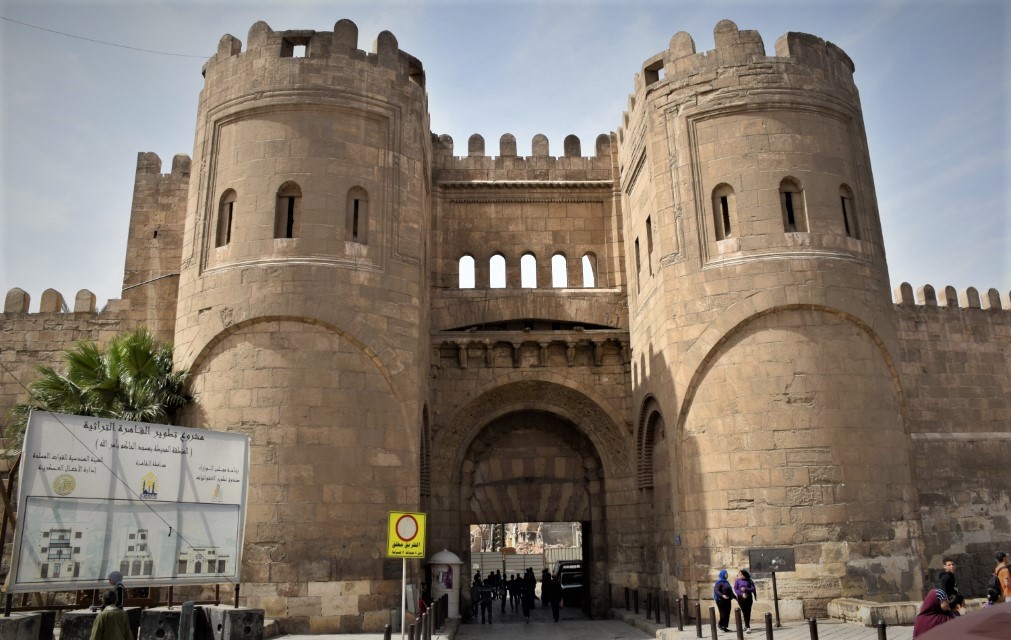The second edition of the “Archaeo-Oriental Studies” competition for research projects combining Oriental Studies and archaeology has been resolved. The grant has been awarded for the project “The symbolism of Fatimid gates”; the P.I. is Dr. Magdalena Pinker (Faculty of Oriental Studies, University of Warsaw), and the archaeological work will be undertaken by Dr. Mariusz Drzewiecki (Polish Centre of Mediterranean Archaeology, University of Warsaw).
The project is an attempt at understanding the symbolic significance of the gates erected during the Fatimid dynasty (909-1171) using the methodology of Oriental Studies and Archaeology. Gates by their nature are places that structure and focus urban traffic. They were the destination points of the city’s main thoroughfares, guiding and controlling the flow of pedestrian traffic as well as all kinds of vehicles. They were transportation hubs. They were a recognizable point in the local cultural landscape. Hence, in many cases, gates became sites of multiple meanings.
Every capital of the Fatimid Caliphate was surrounded by defensive walls. The gates in the three capitals (Al-Mahdiyya, Al-Mansuriyya, and Al-Qahira) show similarities in terms of their naming, among other things, which may indicate a continuity in the symbolic sphere and the development of a similar semantic pattern. The starting point, the research hypothesis, will be the substantiation of the ideology of power that was so important in the case of the Ismaili (Shiite) Fatimid dynasty that ruled in Sunni territories.
The sparse chronicle accounts will be analyzed based on historiographical theories (including narrativism) and juxtaposed with descriptions by medieval travelers visiting Tunisia and Egypt. The main research objective in the textual analysis will be to find the historical contexts and symbolic meanings attributed to the Fatimid gate buildings at the time of their construction. The material remains of the gates will, in turn, be subjected to architectural and archaeological analysis.


